The original burial ground at St. Cuthbert's was quite small. It became known as the Bairns' Knowe (Children's Hill) because of the large number of children buried there. It was open to the countryside, but in 1597, a wall was built around the churchyard to keep out the grazing sheep and horses. The grounds were expanded in 1701, and then again in 1787 after Nor Loch was drained.
In 1863 the churchyard was closed by order of the Medical Officer of Health, saying it was "completely full". This was an important source of income for the church so they refused. In 1873 the church was taken to court. They still refused. In 1874 they were ordered to close again but only did so after another year of appeals. Among the notable people buried here are John Napier (1550 - 1617; inventor of logarithms) and Thomas de Quincey (1785 - 1859; writer).
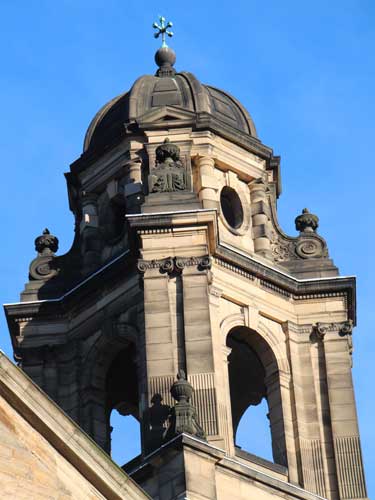
A tower of St Cuthbert's
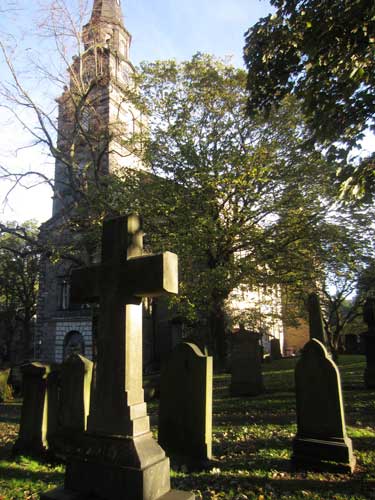
The church's steeple in the background
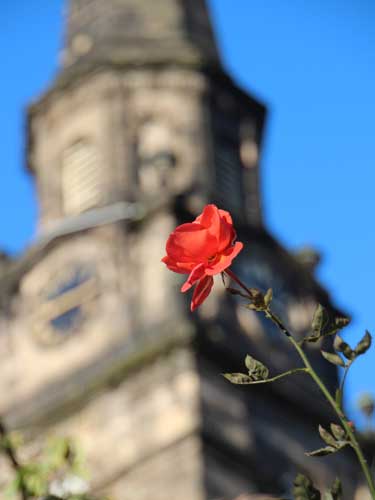
The morning light was beautiful as I wandered aimlessly among the rows of headstones.
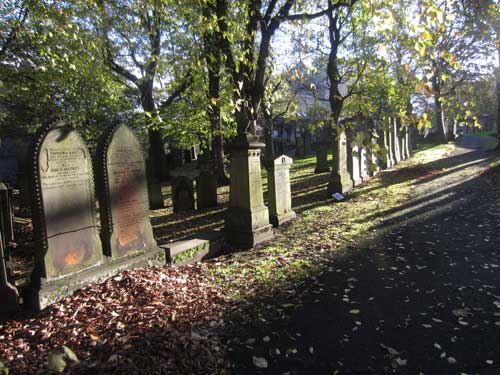
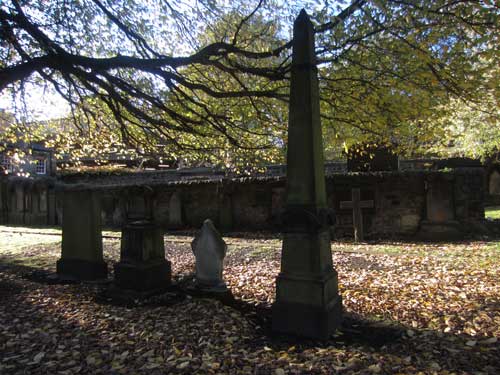
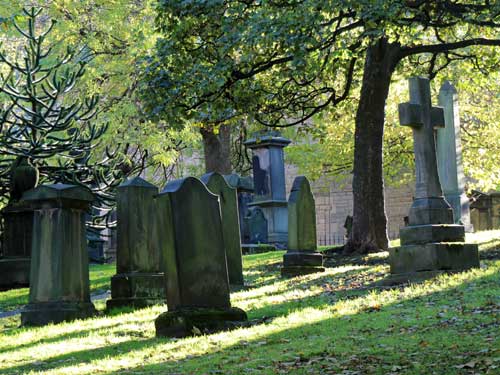
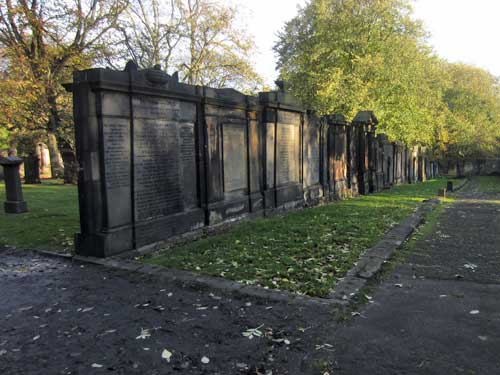
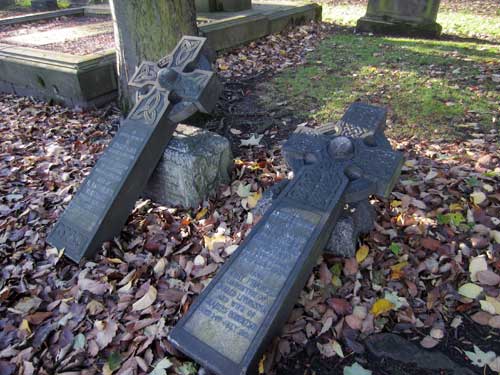
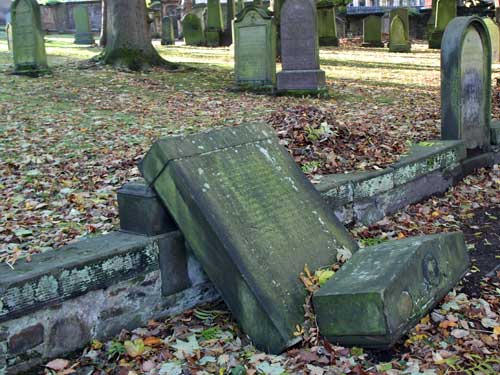
Doh!
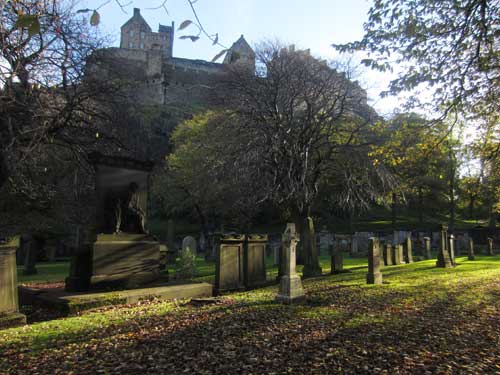
The castle overlooked its citizens from the past.
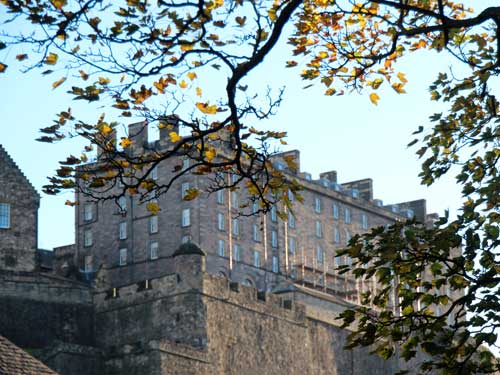
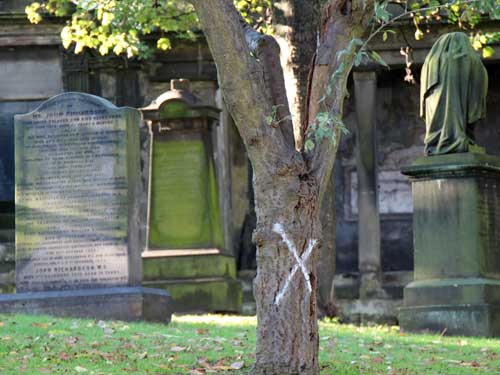
Oooh... that doesn't look like a good sign for this tree.
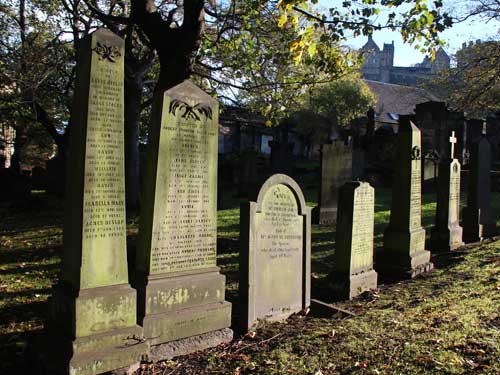

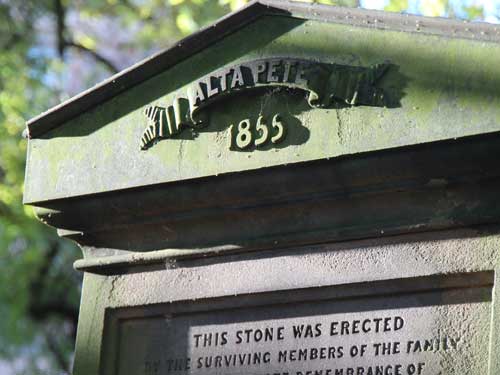
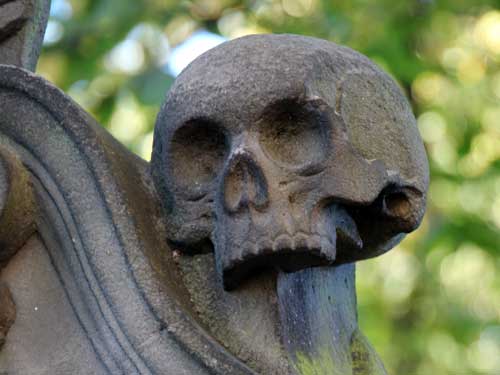
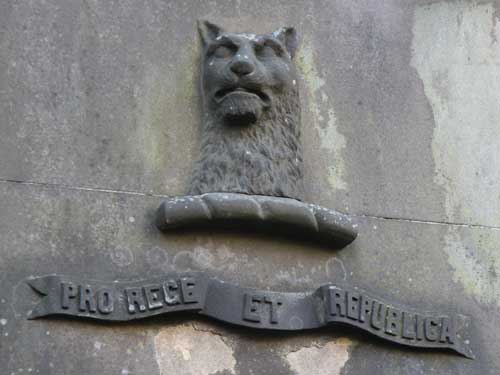
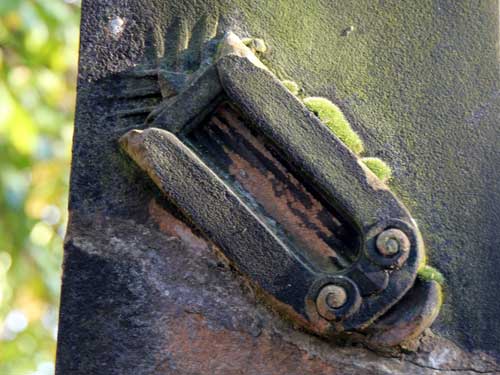
Not exactly sure what this was but it seems to represent some kind of tool
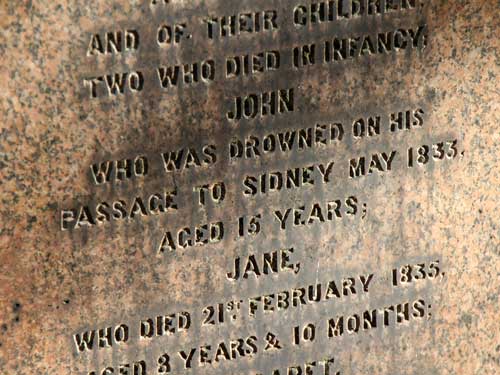
A family mentions its children... two of whom died in infancy, one who drowned at age 16, and another who died at age 8.
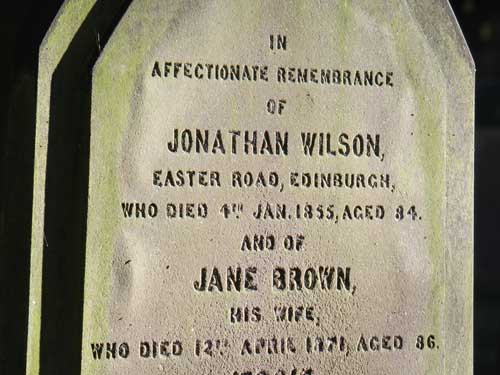
Several of the headstones listed an address. Perhaps in this case there were a lot of John Wilsons milling about, so you wanted to make sure you were paying your respects to the right one... the guy who lived on Easter Road.

Numerous headstones also mentioned who put the headstone up, sometimes by specific name but in this case just "by their daughter."
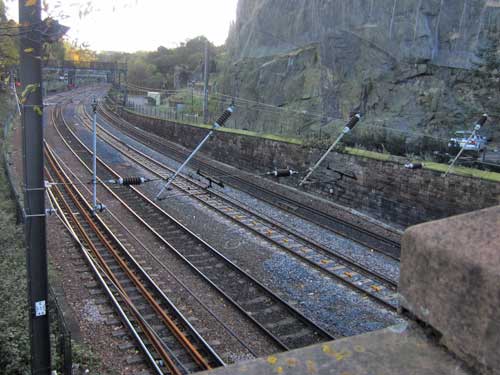
In 1841, a railway tunnel was built under a southern section of the graveyard (which was only recently added in 1834) to serve trains to the new Waverley Station. Many graves had to be moved and the headstones were lost or totally destroyed.
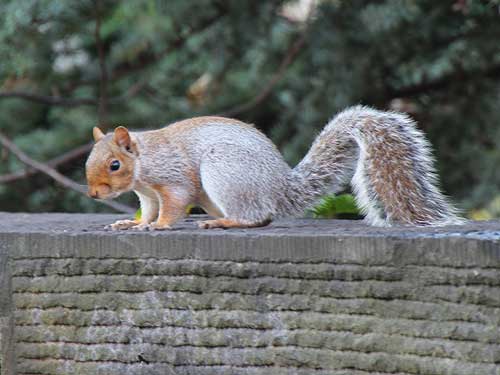
The grey squirrels is the main threat to Scotland's native and endangered red squirrel. They compete more successfully for food and habitat; are larger and more robust; can digest seeds such as acorns more efficiently; and are immune to diseases that red squirrels aren't.
I exited the cemetery and reentered the Princes Street Park.
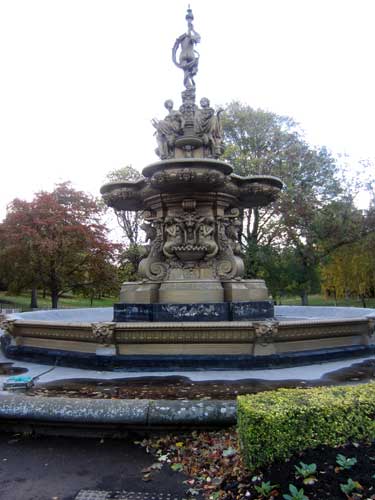
Constructed from 122 individual pieces, the Ross fountain is considered one of the finest cast-iron water features in Great Britain. It was made in the Antoine Durenne iron foundry in Sommevoire (about 150 miles from Paris) in the early 1860's. An elderly local gunsmith by the name of Daniel Ross saw the fountain at the Great Exhibition of 1862 in London. He bought it and gave it to the city of Edinburgh. It was set up here in 1872 after a long debate over the shocking abundance of naked female flesh. As one clergy member said: “Grossly indecent and disgusting; insulting and offensive to the moral feelings of the community and disgraceful to the city”. Unfortunately the debate took so long that Ross died the year before it was put up.
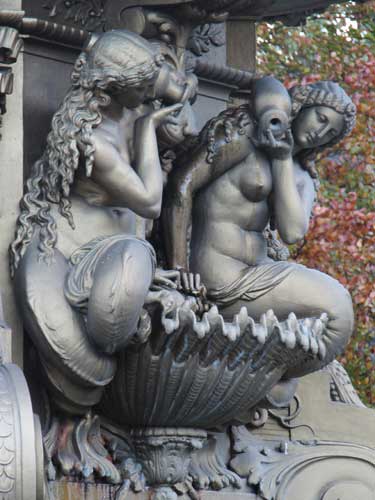
A couple of the "offensive" figures
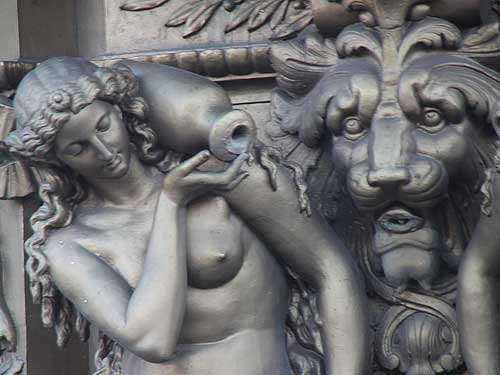
The fountain is currently turned off because it was at risk of structural damage due to water loss thorugh its stone sub-structure.
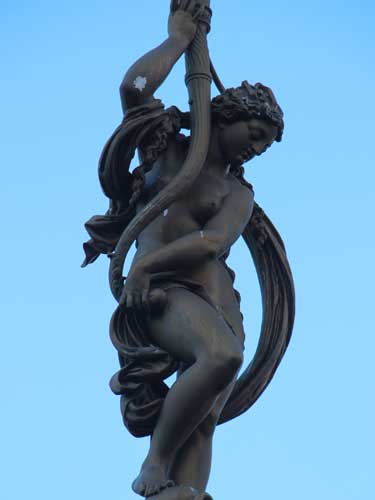
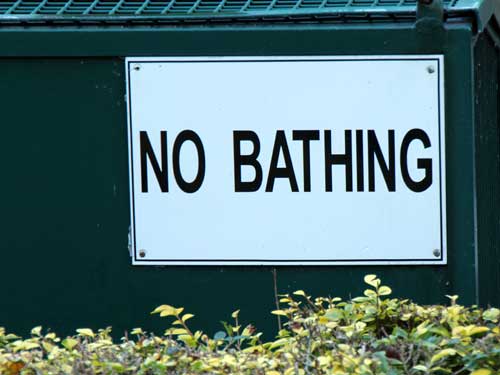
Oh, I think someone needs to tell them that.
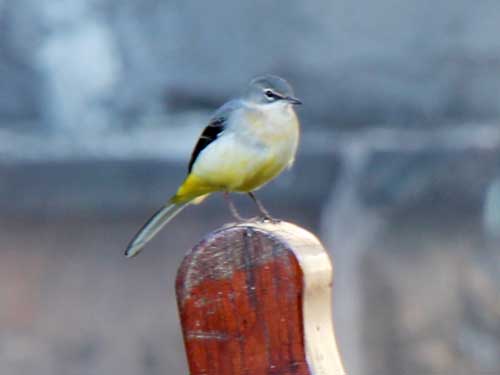
The Grey Wagtail has the longest tail of the wagtails. This improves its agility while flying in pursuit of insects. It has a wide distribution and prefers to be close to water.
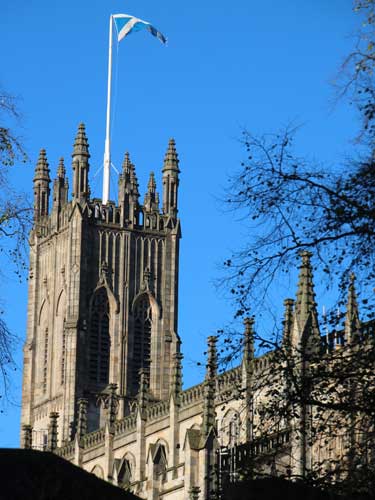
On the corner was the Church of St John the Evangelist, built in 1816 - 1818.

